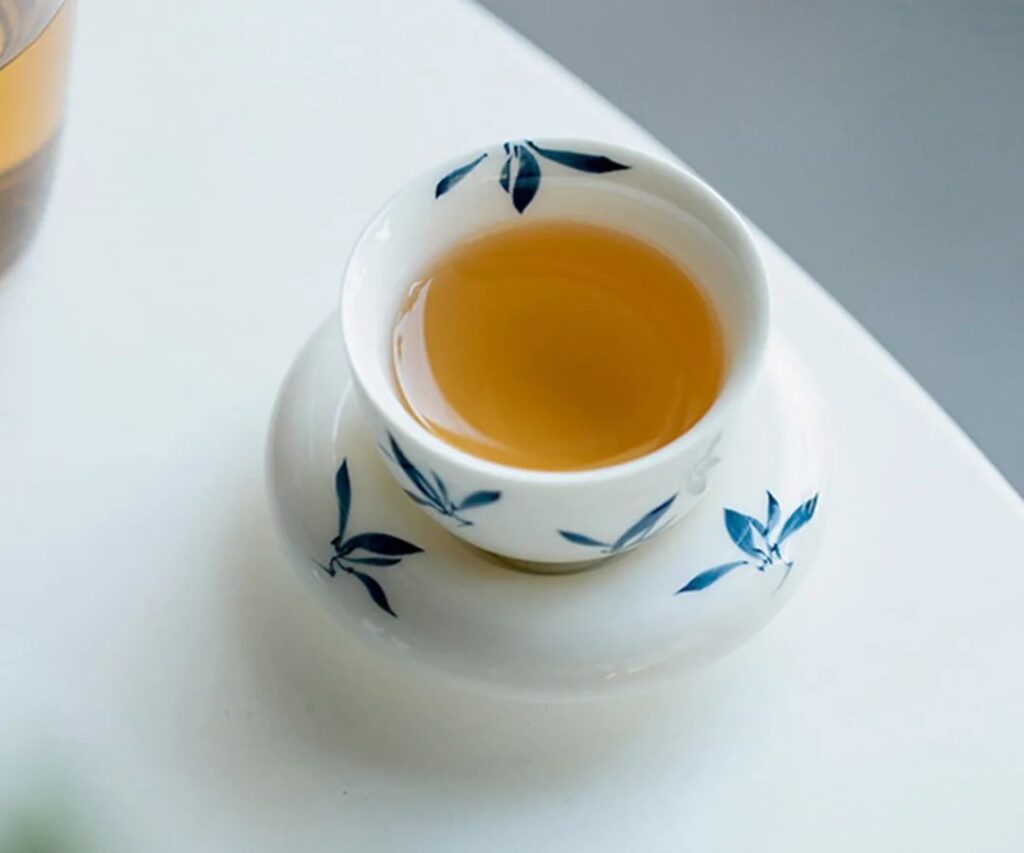Lu Yu, in his classic work ‘The Classic of Tea’ under the section ‘Four on Utensils’, listed 24 types of tea implements used during the Tang Dynasty, indicating that the concept of ’24 tea utensils’ has a long-standing history. Of course, with the development of the times, the ’24 tea utensils’ have undergone many changes due to practicality and other issues. What are the main ’24 tea utensils’ that often appear on the tea tables of tea enthusiasts today? Instead of listing them all, which would be quite tedious, the tea utensils are categorized into five types: water preparation, tea processing, tea placement, tea tasting, and cleaning tools. This classification helps to present the modern ’24 tea utensils’ more clearly.
01 ’24 Tea Utensils’ – Water Preparation Tools
Gong Dao Cup: Also known as ‘Tea Sea’, the Gong Dao Cup is used to evenly distribute tea soup. Its capacity should be greater than that of a teapot or a lidded bowl, typically made of materials such as, porcelain purple sand, or glass. Aroma Cup: As the name suggests, the Aroma Cup is for smelling the aroma of tea. It is usually slender and tall, which helps to concentrate the fragrance. Tasting Cup: The Tasting Cup is the small cup used for drinking tea. Common types include white porcelain cups purple and sand cups. Lidded Bowl: The Lidded Bowl is the most commonly used modern tea brewing utensil, consisting of three parts: lid, bowl, and saucer, symbolizing the ‘Three Talents of Heaven, Earth, and Man’. Cup Saucer: The Cup Saucer is a dish used to support the tea cup, which is both aesthetically pleasing and prevents burns or tea spillage. Lid Rest: The Lid Rest is an object used to place teapot lids, plate lids, and cup lids, keeping the lids clean and preventing the table from getting wet. ’24 Tea Utensils’ Cleaning Tools: Cleaning tools are used for organizing, washing, and storing tea residue and waste water, including: tea tray, tea towel, teapot brush, tea tube, and water basin. Tea Tray: The Tea Tray is used to hold teapots, tea cups, etc., with various materials and shapes, but the base must be flat. Tea Towel: Commonly known as tea cloth, the main function is to dry the teapot, wiping the residual water at the bottom of the teapot or tea sea before tasting tea, and also used to wipe water droplets on the table. Teapot Brush: The Teapot Brush is made of animal hair and resembles a brush, used for cleaning teapots. Tea Tube: The Tea Tube is a container for placing tea spoons, tea measures, tea tongs, tea strainers, and tea needles. Water Basin: The Water Basin is mainly used to store tea dregs and waste water, mostly made of ceramic, but also available in jade, stone, and purple sand materials. Finally, there is the Tea Pet, an object without practical function, mainly used for decoration. Tea Pets are pets nurtured by tea water or objects to play with while drinking, tea mostly made of purple sand or fine clay fired pottery, and some are made of porcelain or stone. Of course, it is not necessary to have the ’24 Tea Utensils’ when starting drink to tea. However, drinking tea as a leisure activity, complete equipment can enhance the sense of formality, and a complete and standardized process can also enhance the pleasure of a ‘flow’ experience. Moreover, exquisite and complete tea utensils can also improve the beauty of the table. Tea enthusiasts can choose tea utensils based on their habits, comfort being the most important.



